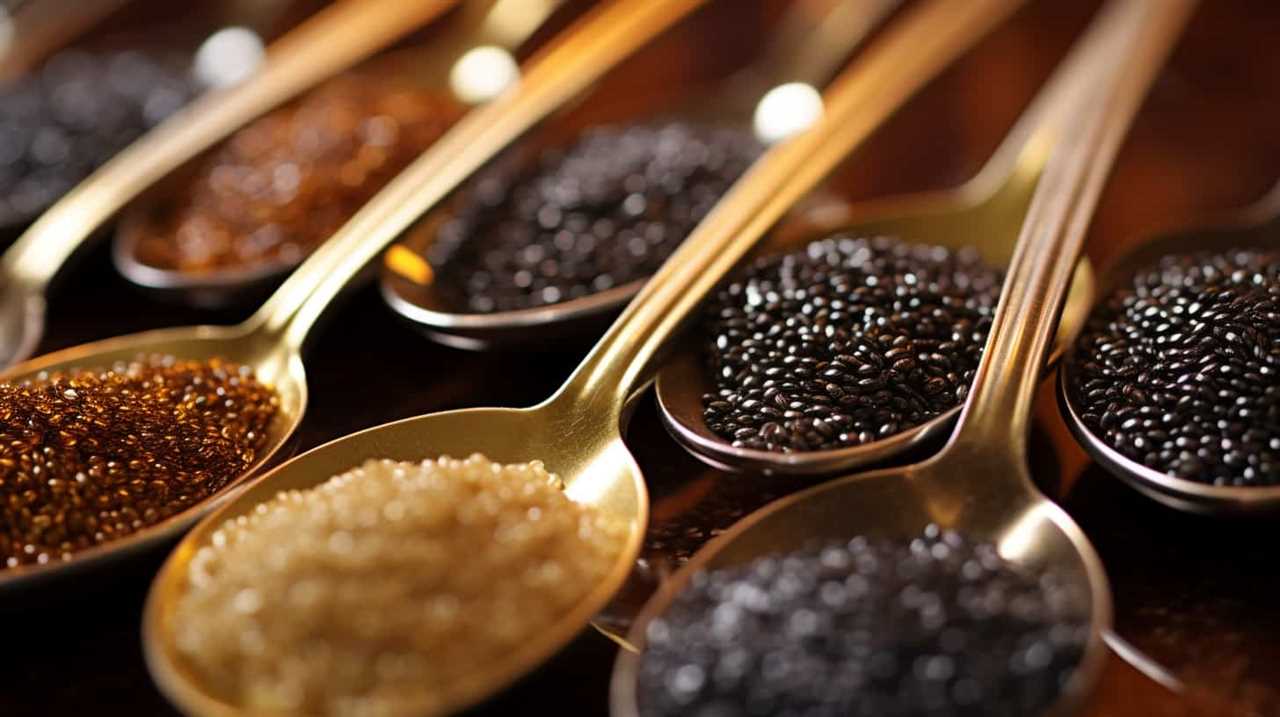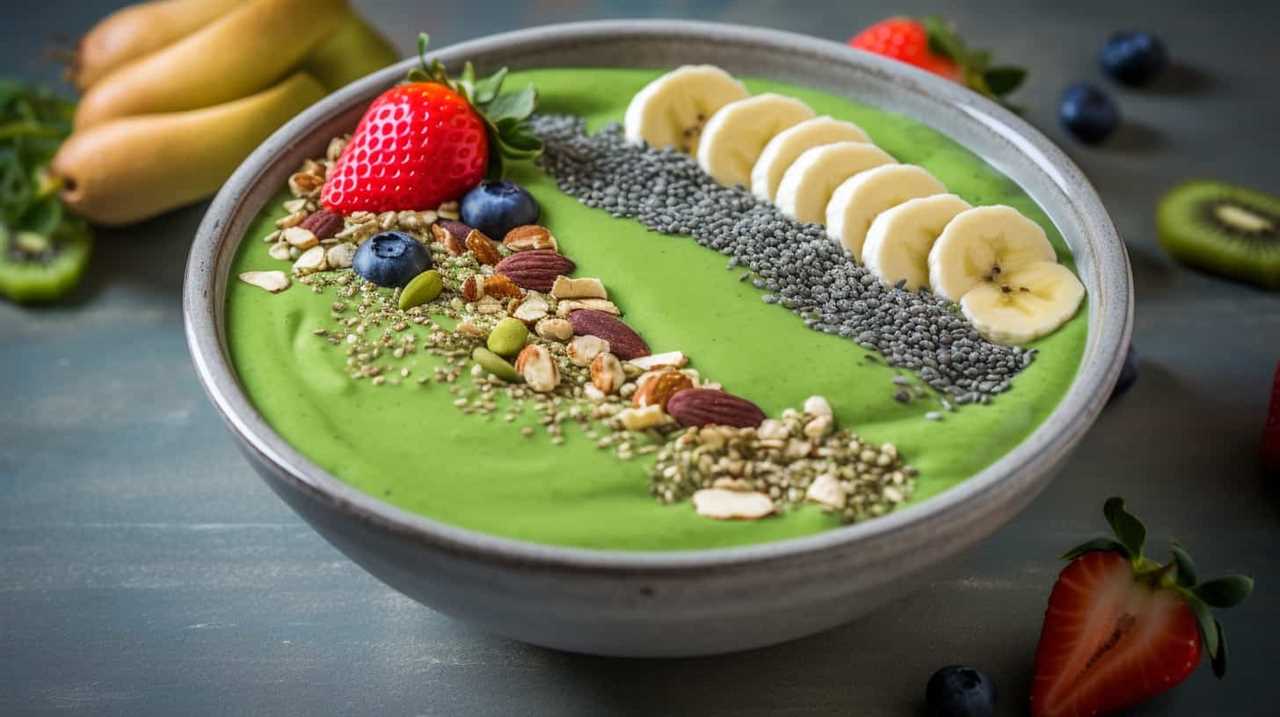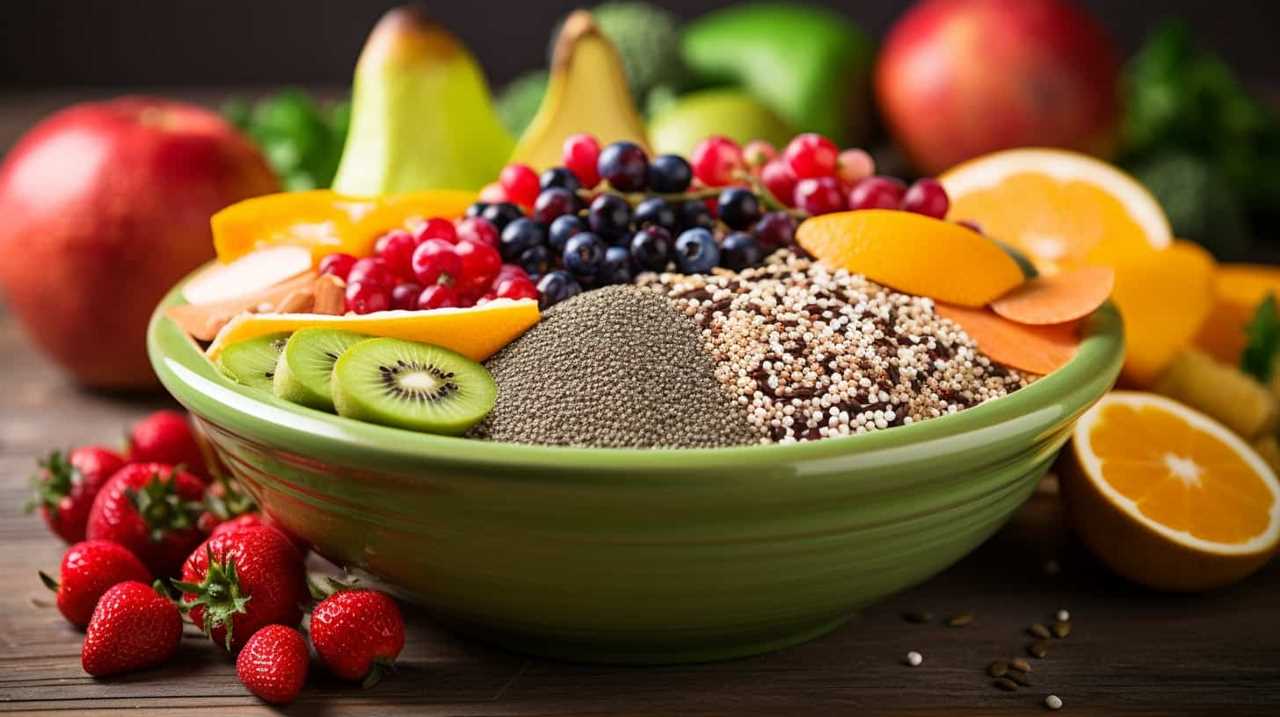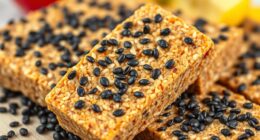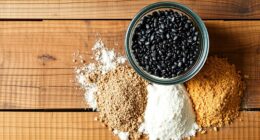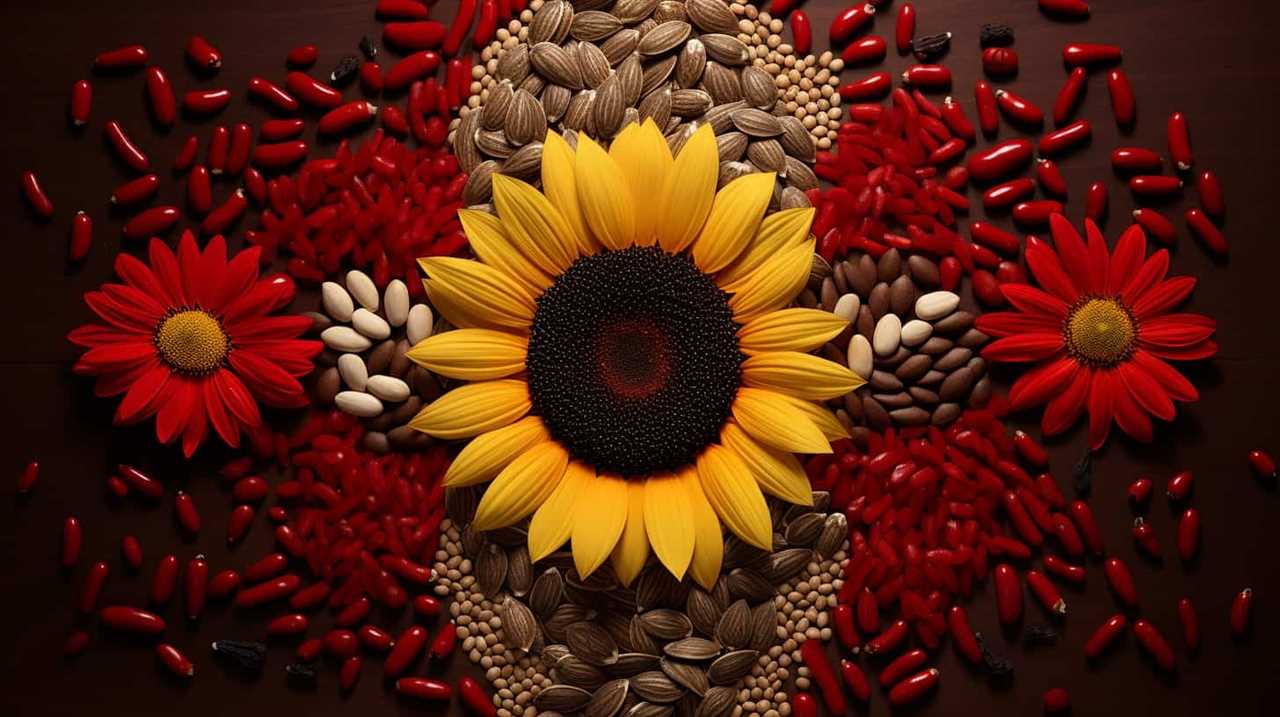
We’ve combed through the marketplace to present you with the definitive guide to must-have tools for commercial seed production.
From seed sorting and cleaning to harvesting and processing, we’ve got you covered.
Our expert team has curated a list of top-of-the-line machinery that will revolutionize your seed production process.
Get ready to boost your efficiency, increase your yields, and take your seed production to new heights.
Get ready to embark on a journey of liberation and success in the world of commercial seed production.
Key Takeaways
- Specialized equipment for efficient seed sorting, cleaning, and packaging is essential for commercial seed production.
- Seed treatment and coating systems play a crucial role in protecting seeds from diseases, pests, and stressors, and improving germination rates and seedling vigor.
- State-of-the-art equipment for seed germination and nursery management, including germination chambers and propagation trays, ensures optimal conditions for seedling growth.
- Efficient machinery for seedling transplanting, harvesting, and processing is necessary to increase productivity, reduce labor costs, and maintain seed quality throughout storage and processing.
Seed Sorting and Cleaning Equipment
We use specialized equipment to efficiently sort and clean seeds for commercial production. Seed purity testing is a crucial step in ensuring the quality and integrity of the seeds we use. Through this process, we carefully assess each seed’s genetic purity, germination rate, and overall viability. This helps us maintain high standards and deliver reliable seeds to our customers.
Additionally, we employ innovative seed packaging solutions to protect the seeds during transportation and storage. Our packaging techniques not only preserve seed quality but also enhance seed longevity, ensuring that they remain viable for longer periods.
Seed Treatment and Coating Systems
To ensure optimal seed quality, our commercial seed production operation utilizes advanced seed treatment and coating systems.
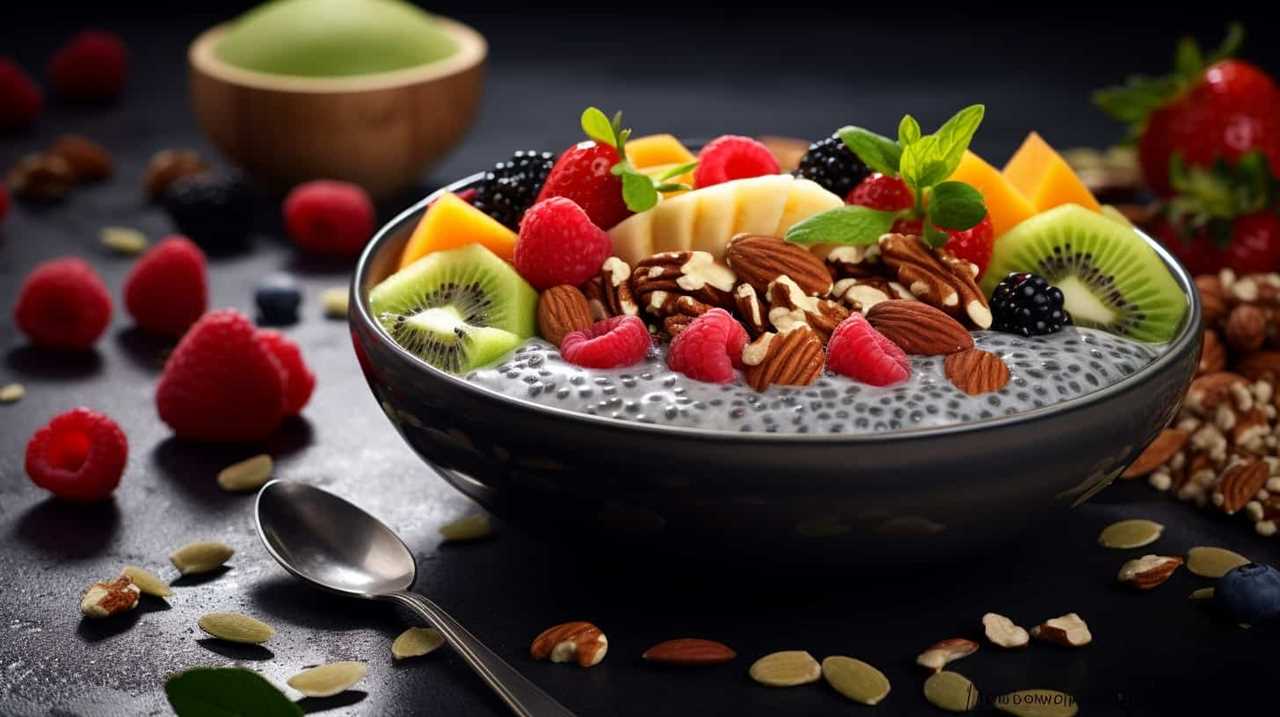
Seed treatment techniques involve applying specific substances to the seeds to protect them from diseases, pests, and environmental stressors. These treatments can include fungicides, insecticides, and bio-stimulants.
Seed coating, on the other hand, involves applying a thin layer of material to the seed surface. This coating can provide numerous benefits such as improved germination rates, enhanced nutrient uptake, and increased seedling vigor. Additionally, seed coatings can protect against soil-borne diseases and provide a physical barrier against moisture loss.
Our seed treatment and coating systems are designed to ensure that every seed is adequately protected and primed for successful cultivation. With these advanced techniques, we can confidently produce high-quality seeds for our customers.
Seed Germination and Nursery Equipment
Our commercial seed production operation relies on state-of-the-art equipment for efficient seed germination and nursery management.
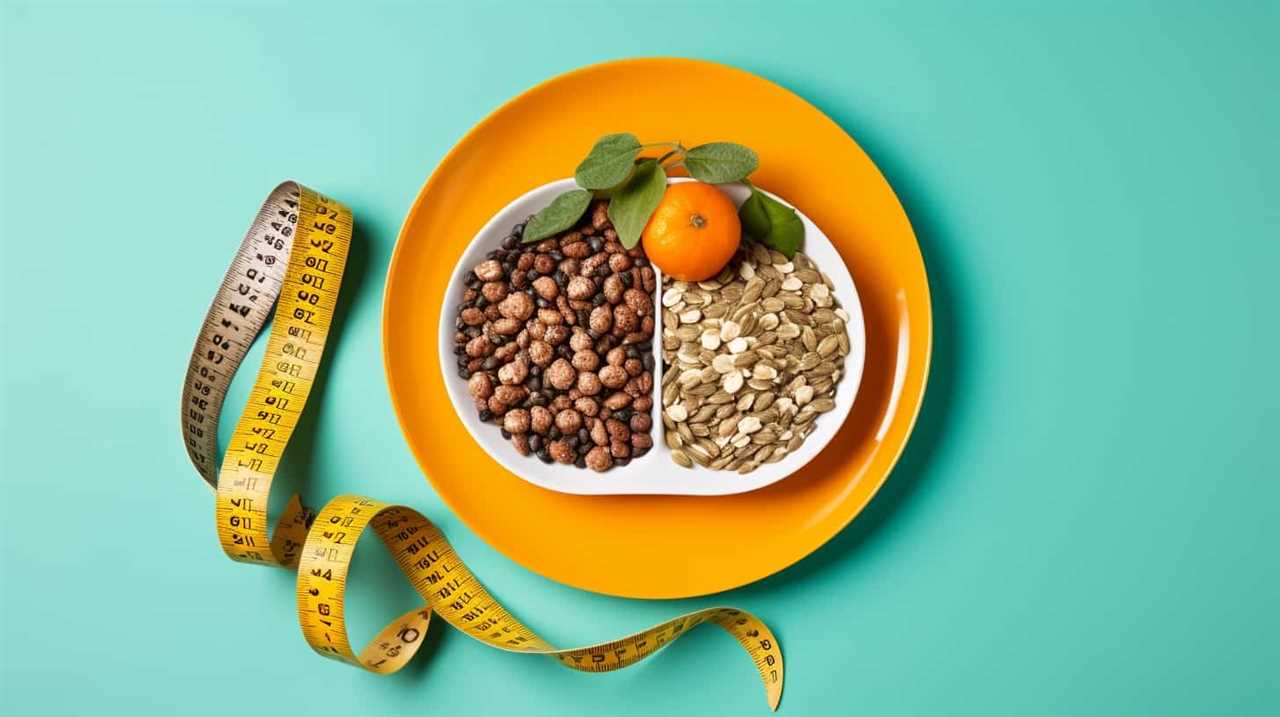
Seedling propagation techniques are crucial in ensuring the successful growth and development of our seedlings. To achieve this, we utilize specialized equipment such as germination chambers and propagation trays.
Germination chambers provide controlled environments, regulating temperature, humidity, and light conditions to optimize seed germination. With the use of propagation trays, we can efficiently sow seeds and promote healthy root development.
In addition to seedling propagation techniques, greenhouse management practices play a vital role in our nursery. We employ advanced equipment like automated irrigation systems and environmental control units, which maintain optimal conditions for seedling growth.
These practices, combined with the use of cutting-edge equipment, enable us to produce high-quality seedlings for our customers.
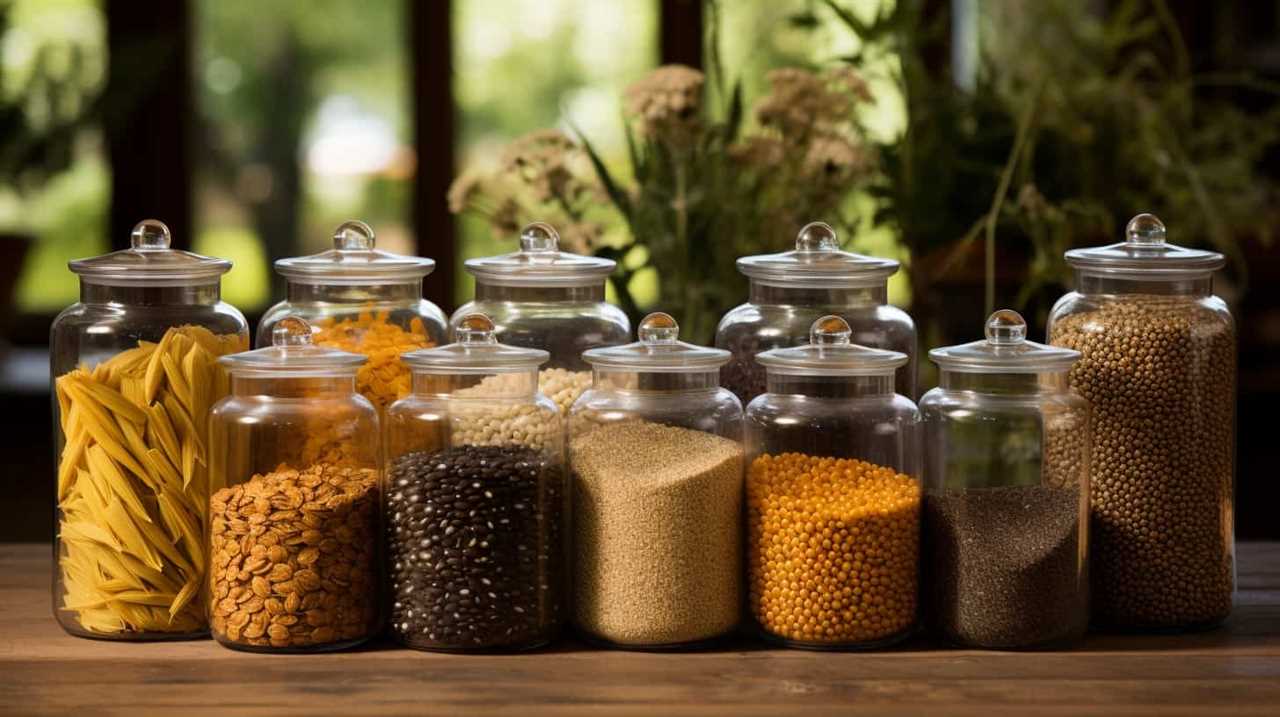
Seedling Transplanting Machinery
After successfully germinating and nurturing our seedlings, we rely on efficient seedling transplanting machinery to ensure smooth and seamless transplantation into our fields.
The use of automation in seedling transplanting brings numerous benefits, including increased productivity and reduced labor costs. With automated machinery, the process becomes faster, more precise, and less prone to human error.
Precision is of utmost importance in seedling transplanting as it ensures proper spacing and alignment, leading to optimal growth and yield. Automated transplanters equipped with advanced sensors and computer control systems can accurately place each seedling at the desired location, ensuring uniformity and maximizing the use of land.
Additionally, these machines can handle various types of seedlings, allowing for versatility and adaptability to different crops.

Harvesting and Processing Machinery
We rely on efficient harvesting and processing machinery to ensure a smooth transition from seedling transplanting to the next stage of commercial seed production. Harvesting techniques play a crucial role in obtaining high-quality seeds.
Manual harvesting methods are labor-intensive and time-consuming, making it necessary to invest in mechanical harvesters. These machines are designed to efficiently separate the seeds from the plant material, reducing losses and increasing productivity.
Additionally, post-harvest management is essential to maintain seed quality during storage and processing. Machinery such as seed cleaners, dryers, and sorters are used to remove impurities, moisture, and damaged seeds. This ensures that only viable and healthy seeds are stored and distributed.
Conclusion
In conclusion, investing in top-notch equipment is crucial for successful commercial seed production.

From seed sorting and cleaning machines to seed treatment and coating systems, every step of the process requires precision and efficiency.
Seed germination and nursery equipment, as well as seedling transplanting machinery, ensure optimal conditions for growth.
Finally, harvesting and processing machinery streamline the final stages, guaranteeing a high-quality product.
Remember, proper equipment is the seed to fruitful yields and a thriving seed production business.
